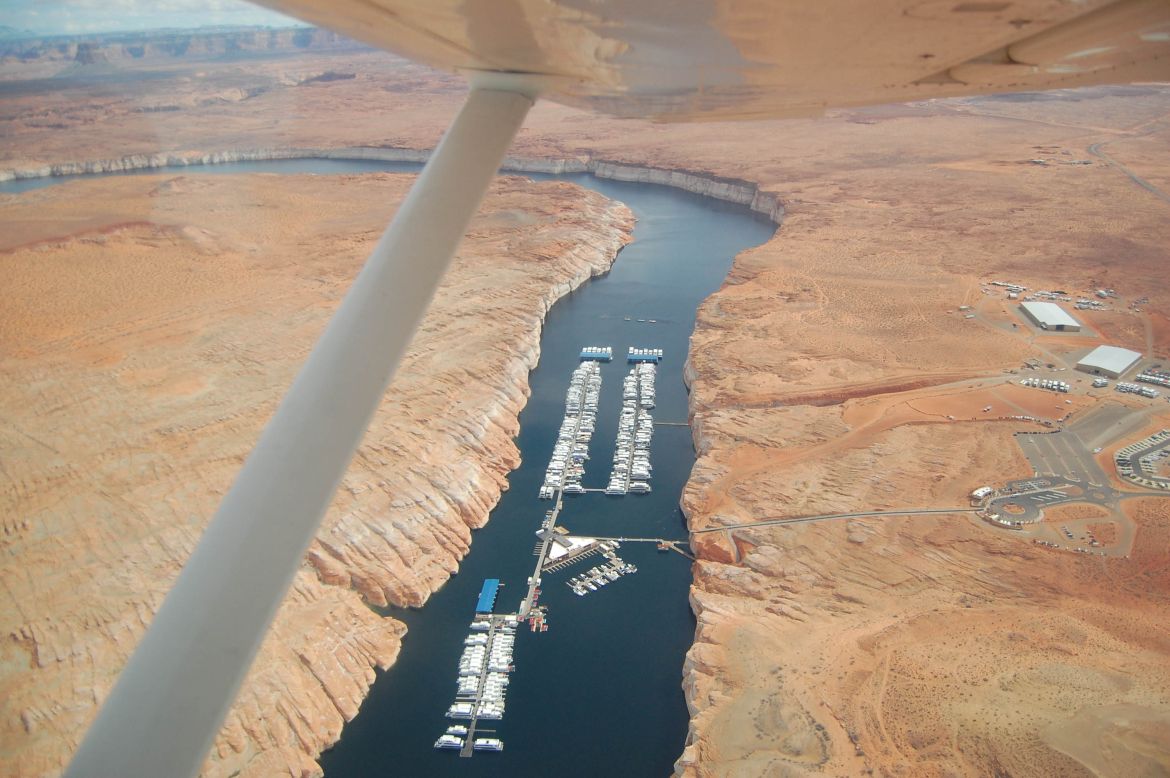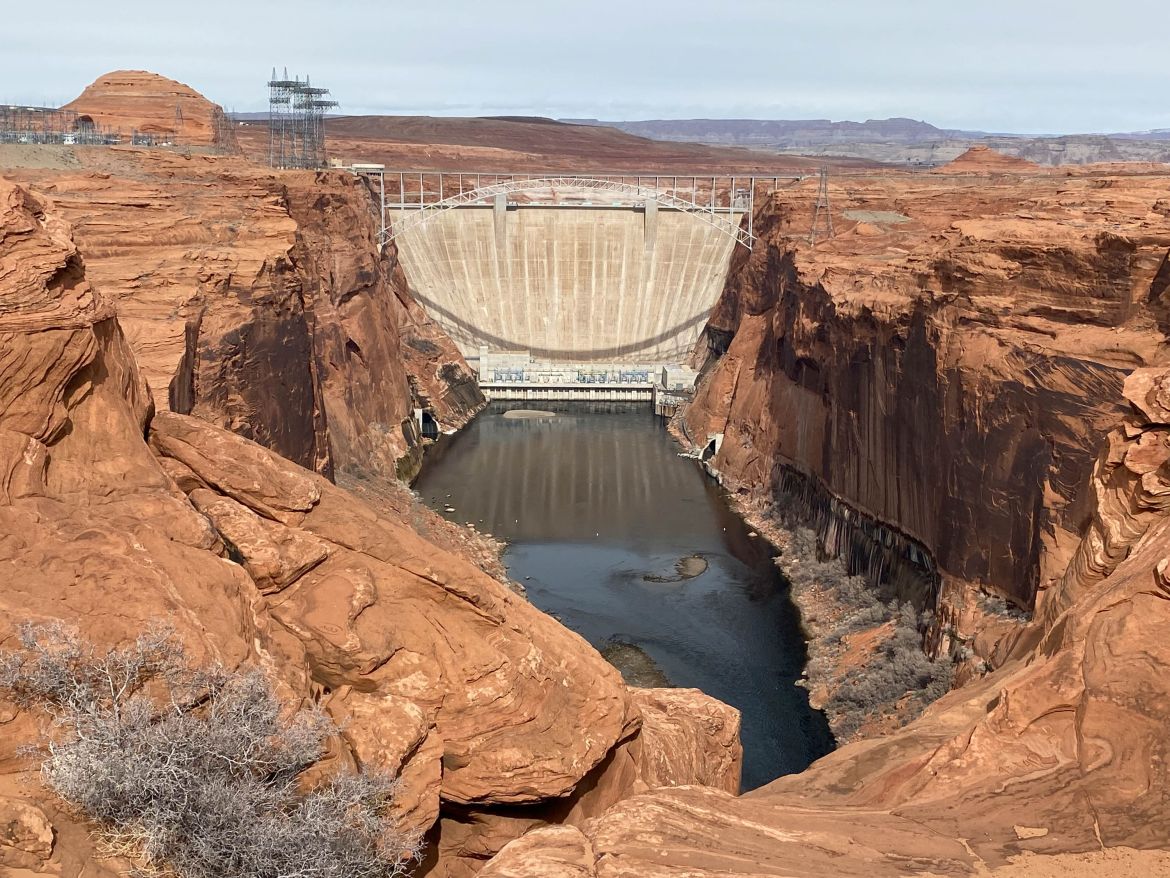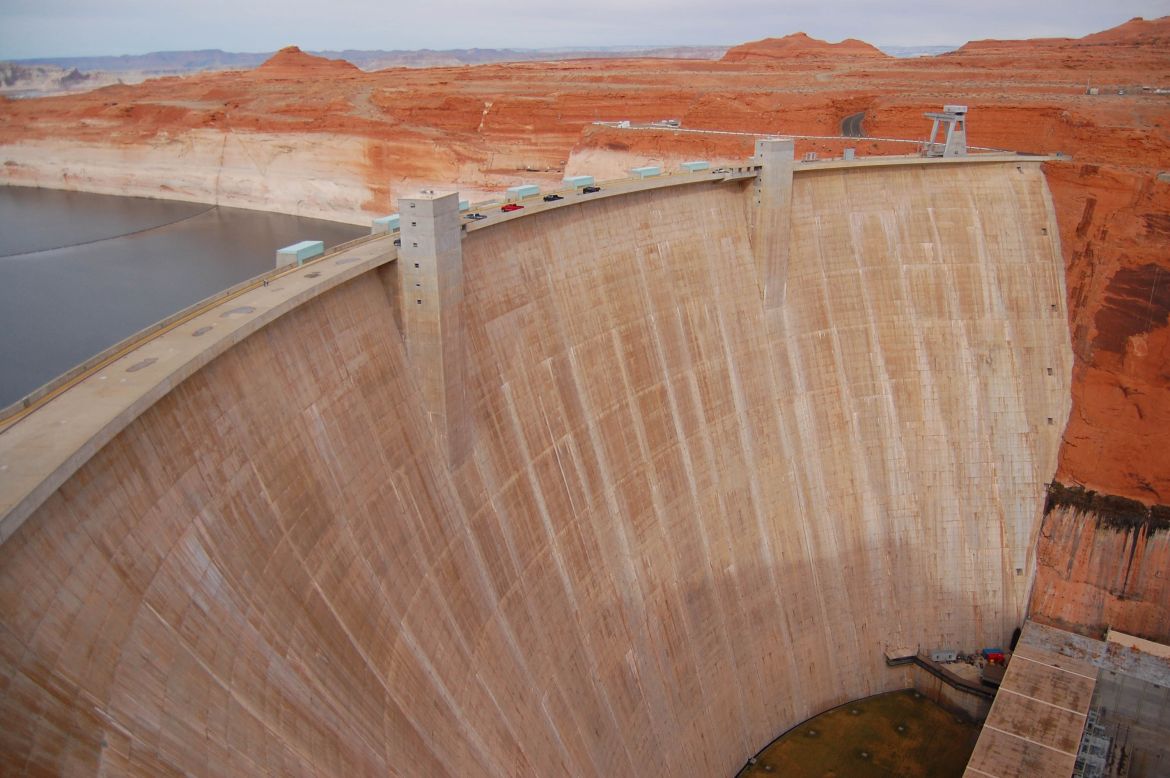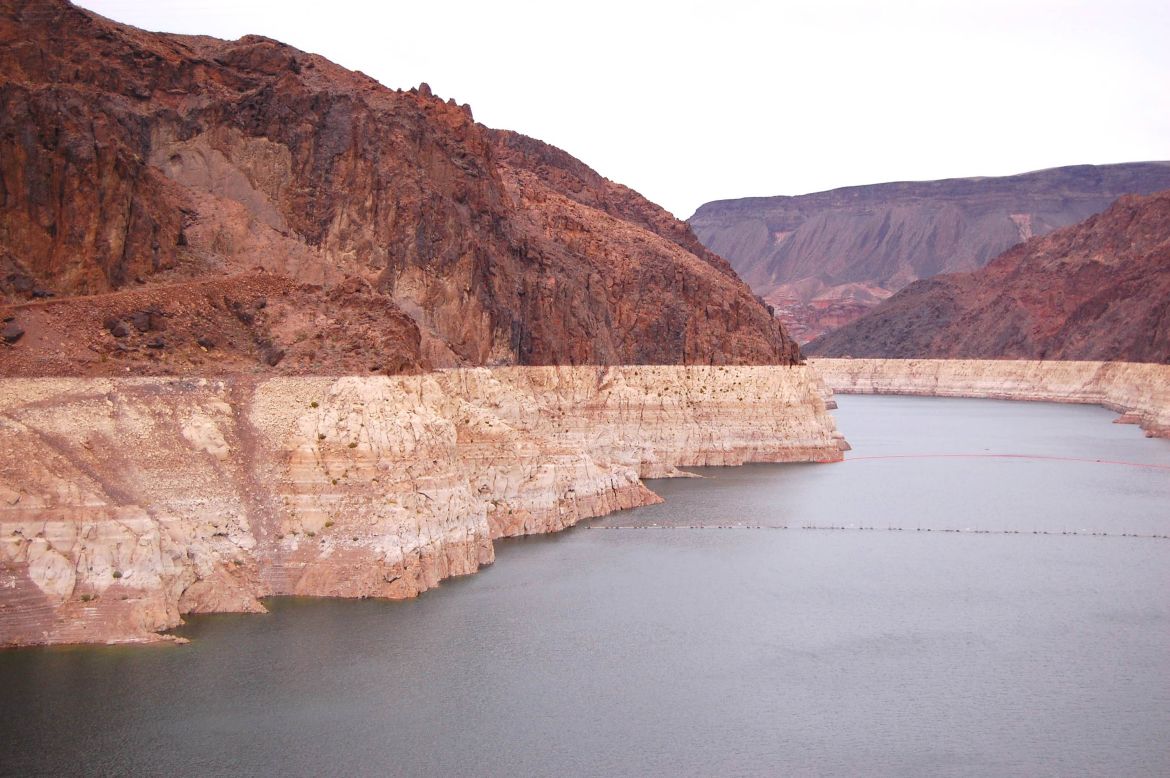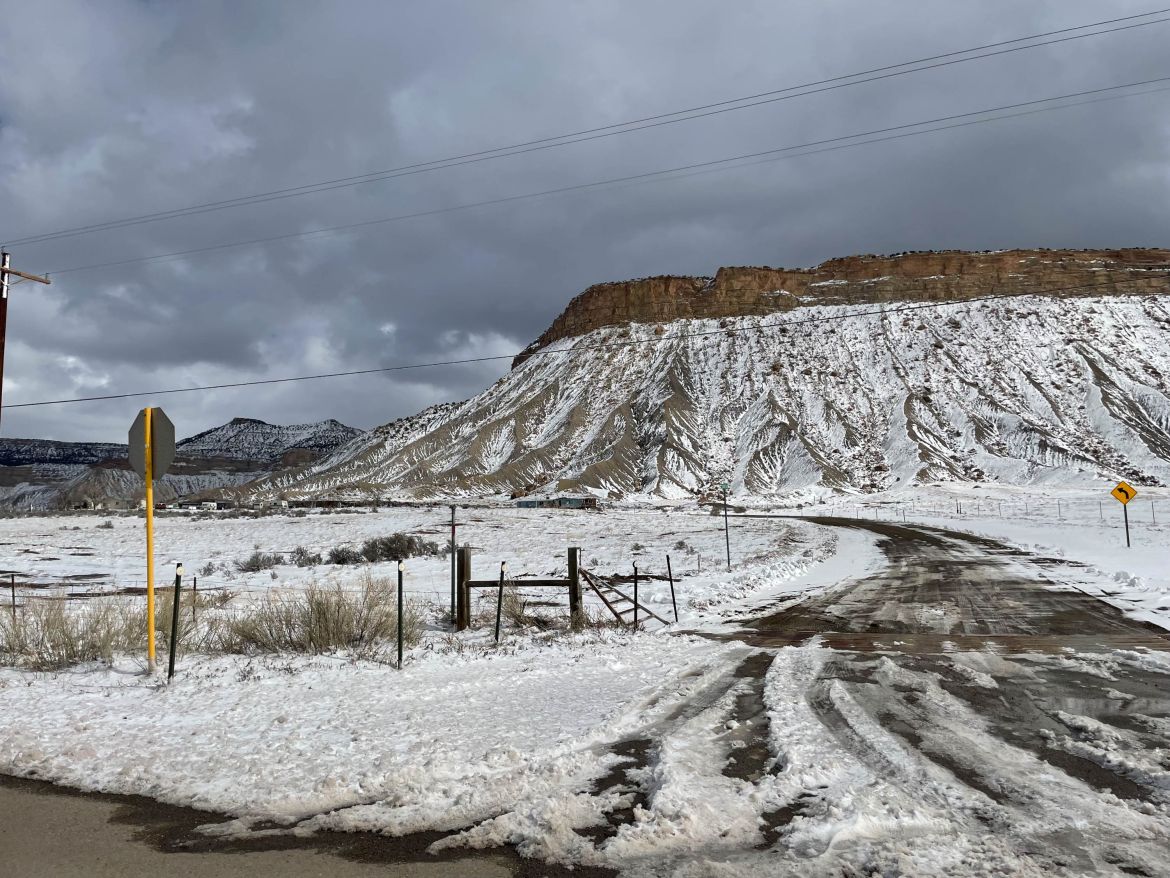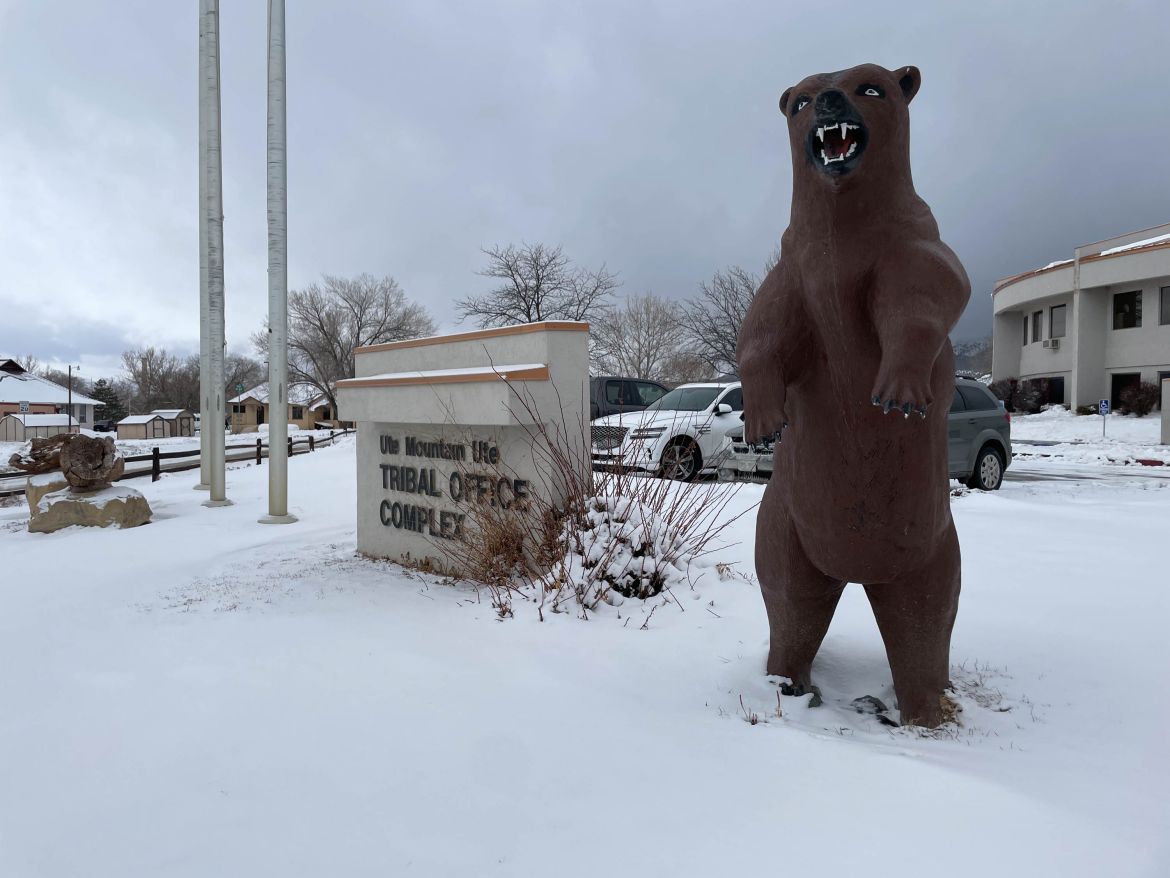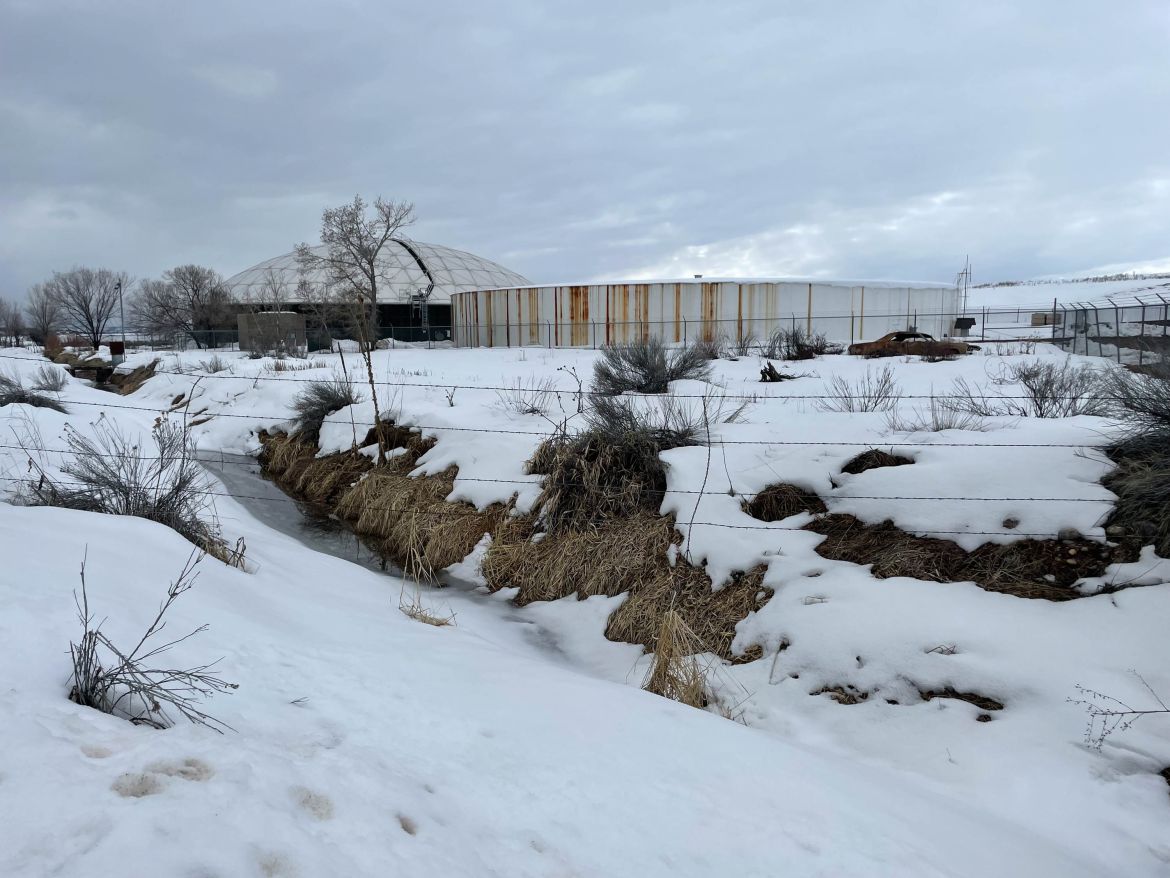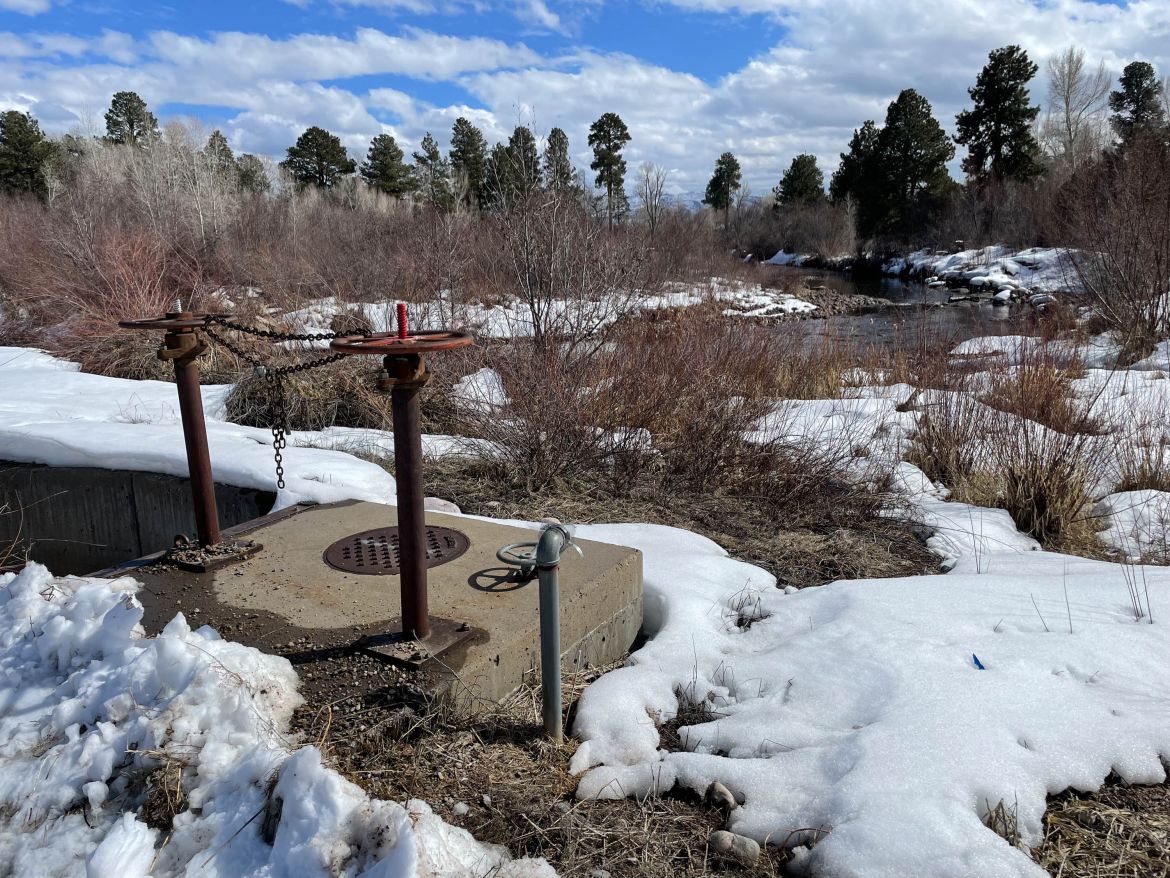In Pictures
Photos: US mulls water cuts amid Colorado River crisis
Al Jazeera travels to key sites and communities in the Colorado River Basin as the region grapples with record drought.
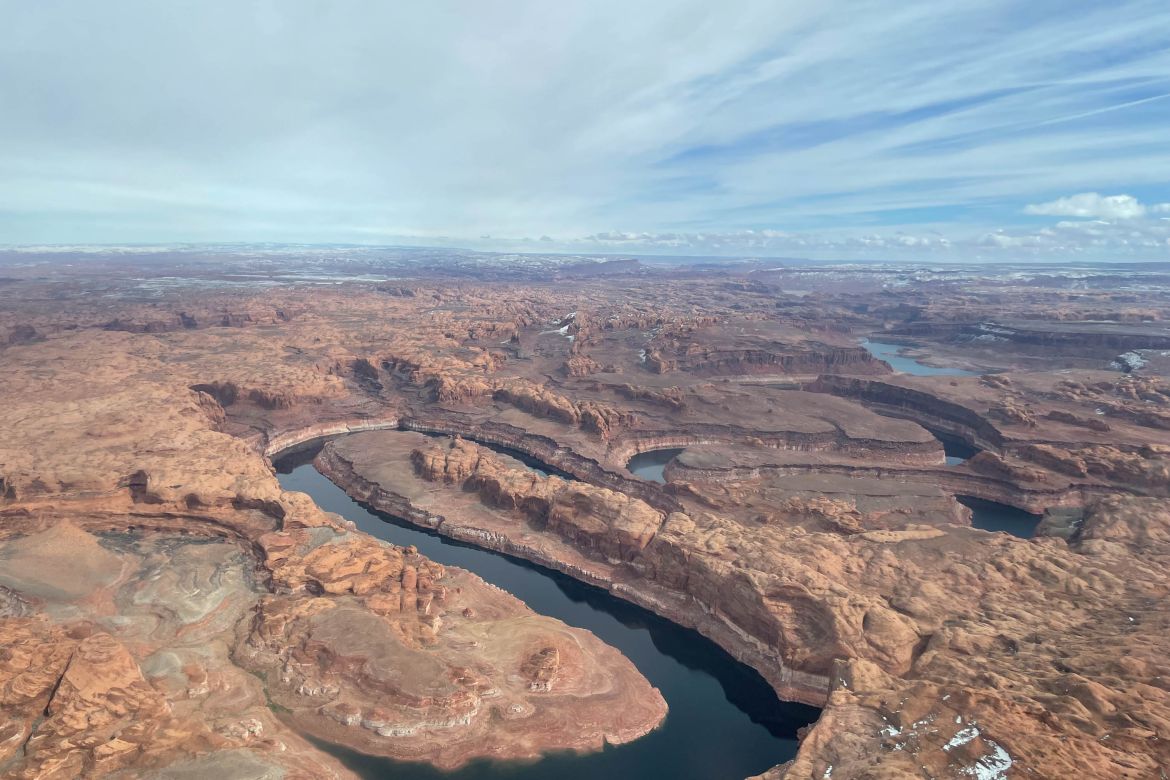
The United States is considering water cuts across seven states that rely on the Colorado River, a 2,330km (1,450-mile) waterway that supplies drinking water and electricity to tens of millions of people in the American West.
The need for reductions, which are expected to be announced later this year, comes as water levels in the river hit record lows amid climate change-fuelled drought.
Approximately 40 million people in the seven Colorado River Basin states – Wyoming, Colorado, Utah, New Mexico, Arizona, Nevada and California – will be affected, including members of the 30 federally recognised Indigenous tribes in the region.
Despite years-long efforts to mitigate drought, in August 2021 Washington declared the first-ever water shortage in the basin, mandating water reductions and mitigation measures – but a long-term solution remained out of reach.
Researchers have warned that without considerable cuts, the two largest US reservoirs – Lake Powell and Lake Mead, which depend on the river – could get so low that water will cease flowing.
With a final decision on cuts from the federal government looming, Al Jazeera travelled to key sites and communities along the Colorado River to see how the crisis is affecting residents.
This gallery was supported by The Water Desk, an independent journalism initiative based at the University of Colorado Boulder’s Center for Environmental Journalism.
Aerial photography was made possible through LightHawk donated flights.
